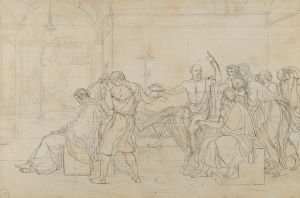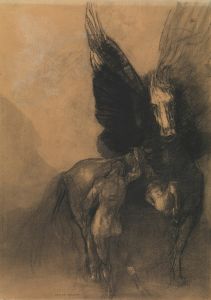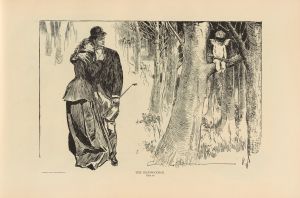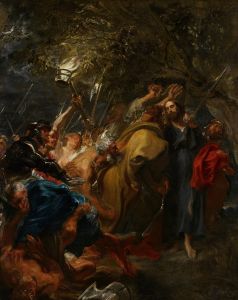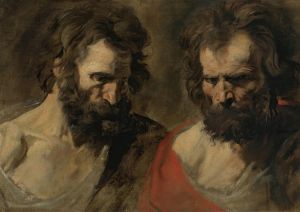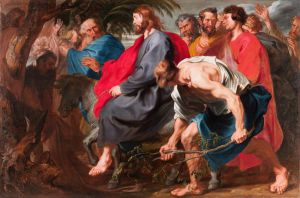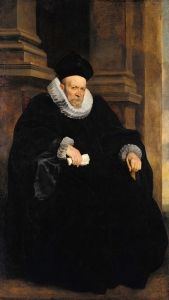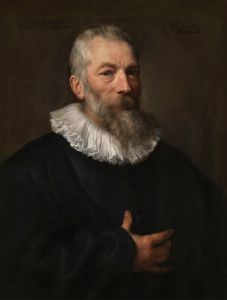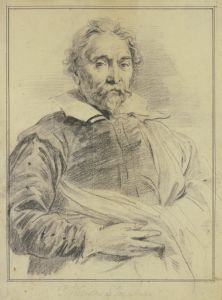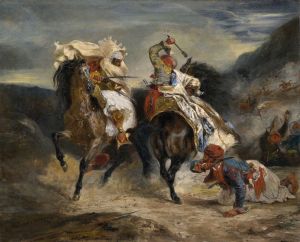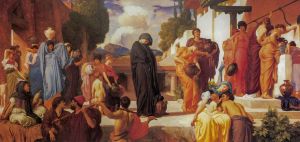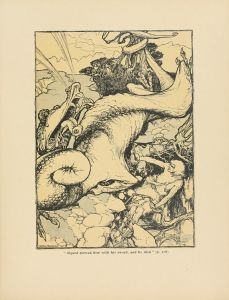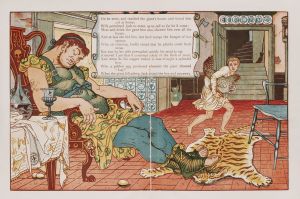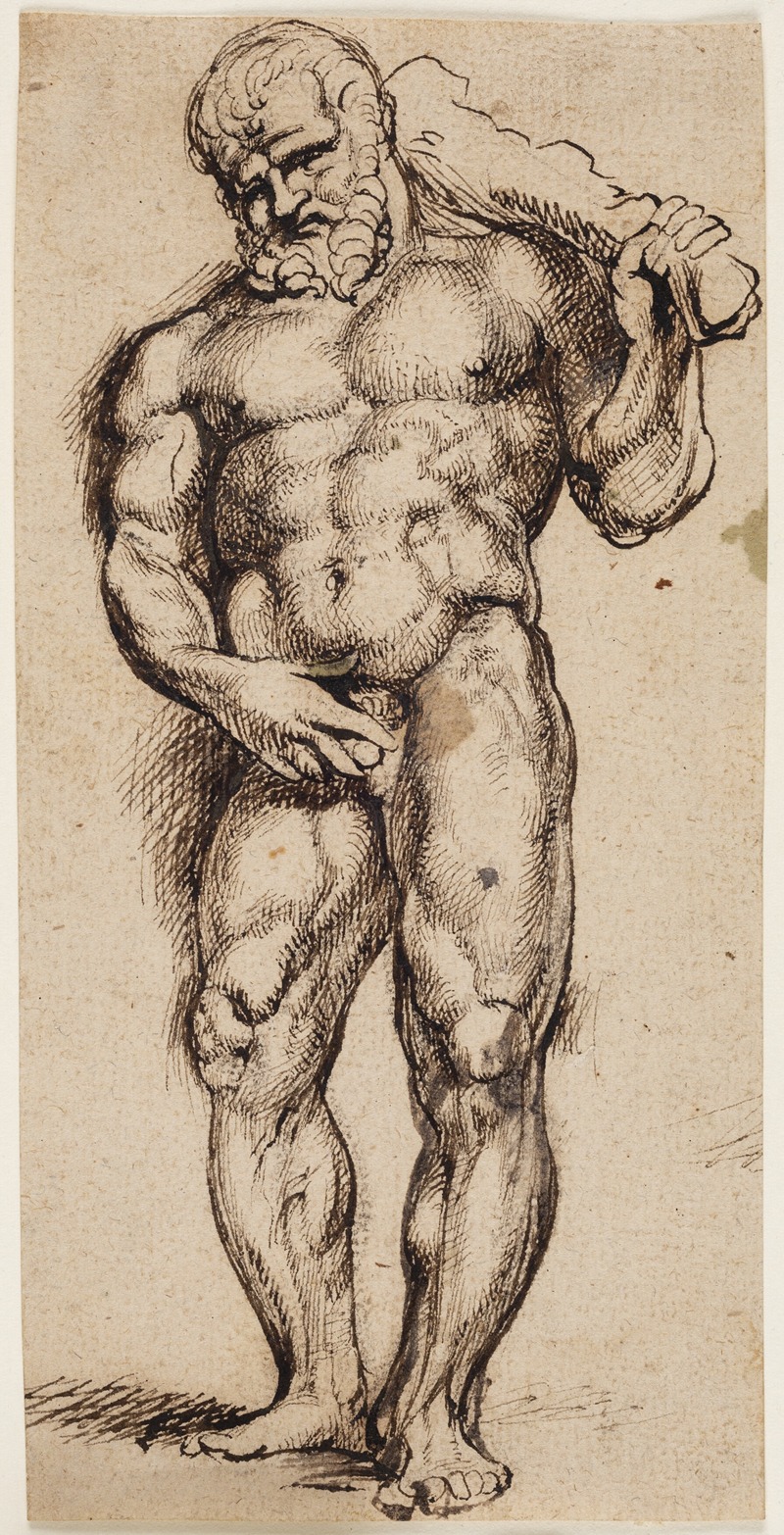
Hercules
A hand-painted replica of Anthony van Dyck’s masterpiece Hercules, meticulously crafted by professional artists to capture the true essence of the original. Each piece is created with museum-quality canvas and rare mineral pigments, carefully painted by experienced artists with delicate brushstrokes and rich, layered colors to perfectly recreate the texture of the original artwork. Unlike machine-printed reproductions, this hand-painted version brings the painting to life, infused with the artist’s emotions and skill in every stroke. Whether for personal collection or home decoration, it instantly elevates the artistic atmosphere of any space.
Anthony van Dyck, a prominent Flemish Baroque artist, is renowned for his portraits and religious works. Among his oeuvre, the painting "Hercules" stands out as a notable example of his mythological subjects. However, specific details about this particular painting, such as its creation date, current location, and provenance, are not extensively documented in public records or major art historical sources.
Van Dyck was born in 1599 in Antwerp and became a leading artist of his time, heavily influenced by Peter Paul Rubens, under whom he studied. Van Dyck's work is characterized by its elegance, attention to detail, and the ability to capture the essence of his subjects, whether they were religious figures, nobility, or mythological characters.
The depiction of Hercules in art has a long tradition, often symbolizing strength, heroism, and the human struggle against adversity. In the Baroque period, artists like van Dyck would have been drawn to such themes, which allowed for dynamic compositions and the exploration of human emotion and physicality. While specific information about van Dyck's "Hercules" is sparse, it can be inferred that the painting would likely embody these characteristics, showcasing the artist's skill in rendering the human form and his ability to convey narrative through visual means.
Van Dyck's approach to mythological subjects often involved a blend of classical influences and contemporary Baroque style, characterized by dramatic lighting, rich color palettes, and expressive figures. His works were known for their psychological depth and the ability to convey complex themes through subtle gestures and expressions.
Throughout his career, van Dyck traveled extensively, working in Italy, England, and the Southern Netherlands, which exposed him to various artistic influences and patrons. His time in Italy, particularly in Genoa and Venice, would have provided him with ample opportunity to study classical antiquities and Renaissance interpretations of mythological themes, which likely informed his own work on subjects like Hercules.
Despite the lack of specific information about the painting "Hercules," van Dyck's broader body of work provides insight into how he might have approached such a subject. His paintings often reflect a sophisticated understanding of human anatomy, a keen eye for detail, and a deep appreciation for the dramatic potential of mythological narratives.
In summary, while detailed information about Anthony van Dyck's "Hercules" is limited, his reputation as a master of Baroque painting and his known interest in mythological themes suggest that this work would exemplify his artistic strengths. His ability to blend classical themes with Baroque dynamism would likely make "Hercules" a compelling representation of the legendary hero, capturing both his physical prowess and the timeless nature of his myth.





